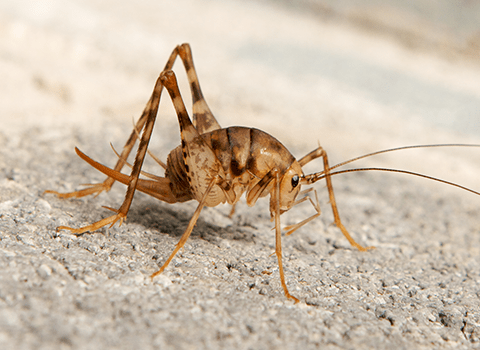Beware: You should never explore wild caves alone or without proper gear. Consider getting in touch with a Grotto of the National Speleological Society at www.caves.org or a qualified cave club. These groups are skilled and will train you. Without sufficient knowledge, preparation, and equipment, cave exploring can lead to serious injury or death.
Are there any caves in Mississippi? There are some, but the fact is that they are a bit rare when compared to some of the other states nearby.
This is the state that held some of the country’s bloodiest battles, birthed American music, and features the fourth longest river in the world. But when it comes to caves, there isn’t a whole lot to see in Mississippi.
For example, Tennessee alone has over 10,000 caverns, and it’s located directly above Mississippi. Yet somehow, when it comes to well-known caves in the state of Mississippi, we can only find a handful. There are only 3 or 4
Nonetheless, we must not leave them out. What if you find yourself stranded in Mississippi with nowhere to go, and needing the shelter that only a cave can provide?
Okay, we really hope it doesn’t come to that. Either way, you’ll be well-educated on these caves after this article.
Here’s our short but complete list of Mississippi caves.
Cat’s Den Cave Preserve

Cat’s Den Cave Preserve has some rare plants and animals, normally found in colder northern US climates. If you enjoy learning about cave plants and animals, you’ll definitely enjoy this one.
Some of these plants include the Allegheny spurge, three-birds orchid, Silky Camellia, and Wild ginger.
Animals you might see include cave crickets (also known as camel crickets), bats, 3-lined salamanders, central newts, bird-voiced tree frog, gray tree frog, ground skink, and ringneck snake.
Scientists have studied these animals and even elected to migrate some of the non-native plants to foster better growth for the native vegetation.

Cave Spring
Cave Spring is a must-visit cave in Mississippi, and not difficult to find. Located on the Natchez Trace Parkway, there’s a trail that leads to it.
The route to get to Cave Spring is only about 800 feet (244 m) long. You’ll enjoy the short hike through nature, and the paved path makes it quite leisurely.
This cave was carved out by underground water, which dissolves limestone very gradually over a number of years. As the limestone weakens, it eventually gives way, opening the cave to the surface on at least one side.
It’s believed that Cave Spring was used by Native Americans as a water source, as well as a place to get more stone. However, the water is no longer safe to drink, and we urge you not to try for yourself.
There’s a single long room and a corridor inside, but not much else. The journey to get there is quite pleasant, however, and still worth a trip if you’re in the area.
Forgotten Brewery Caves
In addition to the natural caves listed above, there are also a series of brewery caves in Mississippi.

In Brownsville, back in the early 1850s to 1870s, the Brownsville Knoblack Brewery and the Brownsville Bluff Brewery prospered for some time. The 50 or so established businesses made use of these man-made cellars for various reasons.
But as the 1900s approached, the community had already begun to decline. Railroads established after the Civil War became the main system for transportation, and a fire swept through Brownsville. A highway that was expanded in the 1920s now runs over the remains of what was once Brownsville.
There are seven or eight caves, with only one somewhat open for exploration. Most are covered by brick walls, easily visible as shown in the picture here.
Pitt’s Cave
Pitt’s Cave is the longest cave in the state, and well-known to Mississippians. It’s home to the biggest maternity colony of southeastern myotis, which are mouse-eared bats. Some of the bats that you can find here include the big brown bat, the Brazilian free-tailed bat, Rafinesque’s big eared bat, and the tri-colored bat.

There’s a bat conservation plan in place, where biologists and volunteers have come together in recent years, hoping to tackle the issue of white-nose syndrome. Some steel gates were created and installed here to help protect the site, and various other forms of protective fittings are constantly being put together.
Unfortunately, you may not get a chance to view all of these bats up close, depending on the current situation with the disease.
Thankfully, there’s a video of Pitt’s Cave online for you to see some of the formations and views up close.
Conclusion
Whew. That’s quite an extensive list of caves, isn’t it? I know, it’s not a lot. But if you are looking for some more adventure, with some more stunning show and wild caves, you ought to consider driving across state lines to some of Mississippi’s bordering states.
Some of these other states, such as Tennessee, have hundreds or even thousands of caves. They often have a few more commercialized but still exciting show caves as well.
We’ll cover each of these states individually, and you can find them all on this site. Check out Mississippi’s neighbors next:
